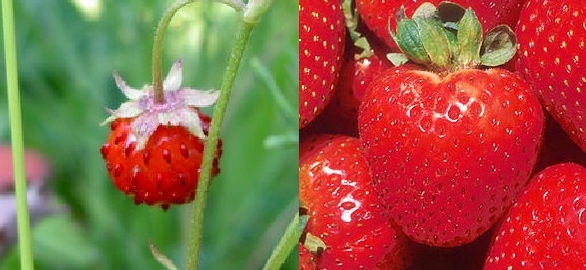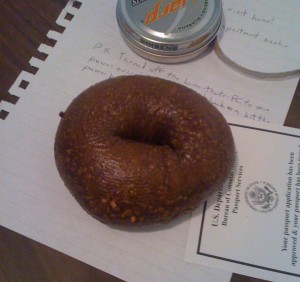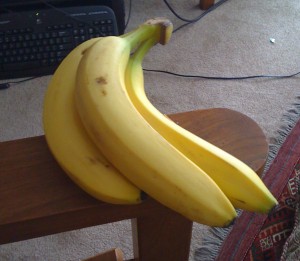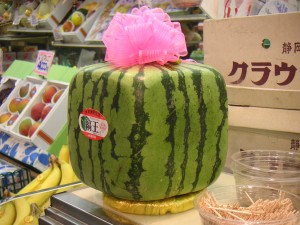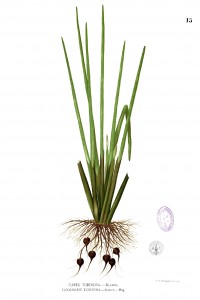Some background: as an exciting and awesome plant scientist as myself might be expected to maintain a wide range of plants around the house. Instead I have exactly one*, a Christmas Cactus that’s been clonally** in my family for four generations (human generations, my Christmas Cactus is only a third generation plant).
My Christmas Cactus is not happy. At my old apartment I had it on the kitchen table, where…someone… had an accident involving it and a pressure cooker. Right after we moved I left it on a windowsill with the window open and the blinds (blowing in the wind) cut into it even more. On top of all that, the new place offers only north facing windows***.
So needless to say I wasn’t expecting so much as a single flower given everything it’s been through. Which is why I was so surprised when I went to water it and discovered…
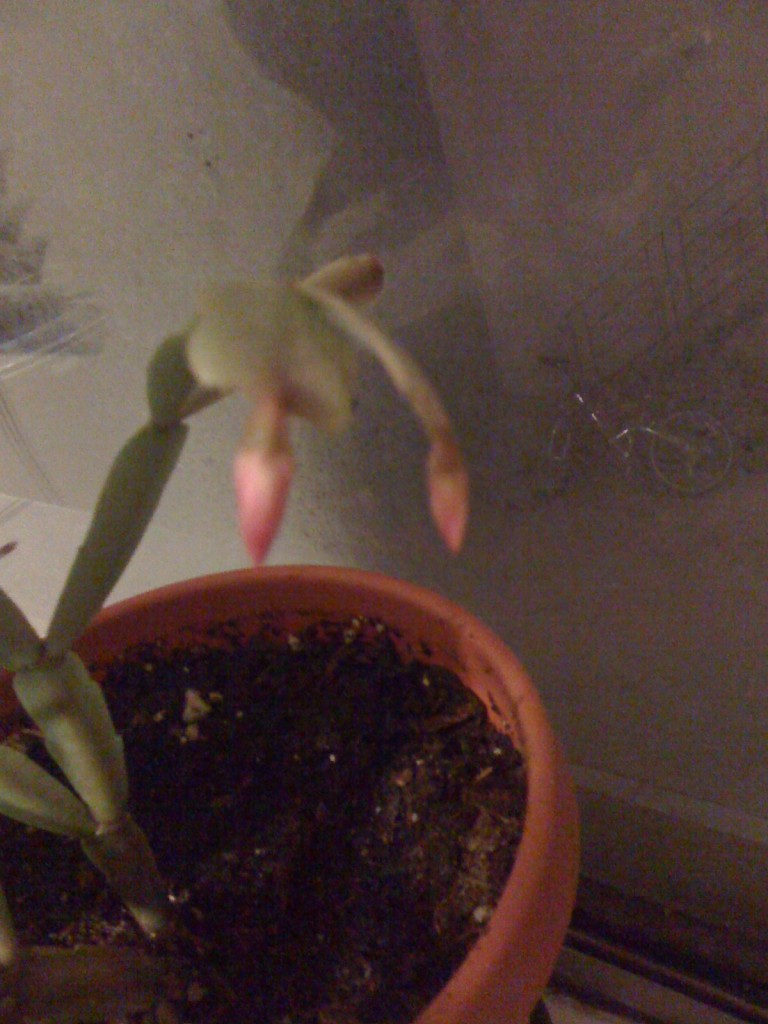
Christmas Cactus blooming... also a sample of the less than thrilling view out my bedroom window.
Before I rotated the plant, those two branch tips were pressed right against the window, which makes me think something like a vernalization response (temperature dependent) is involved in signaling to a Christmas Cactus that it’s time to flower. There are buds on many of the rest of the branches, but they’re still tiny.
Thanks to Mr. Subjunctive for introducing me to the name Zygocactus, even if it was in a post about how he was giving up on the (awesome sounding) name in favor of Schlumbergera.
I also want to name-drop Liza of Good to Grow. My plan is to continue following her site and use it as inspiration to increase my plant collection so by next year my Christmas Cactus won’t be so alone.
*This is what happens when you’ve moved into a new place six times times in the past six years, plus two moves of ~1000 and ~3000 miles respectively.
**The easiest way to make new Christmas cactuses is to break off several of the segments that make up one of it’s branches, put them in water to root and then plant the new plant in soil. Since the new plant is genetically identical to the old (after all it grew from a PIECE of the old plant), in other words it’s a clone. Cloning plants is much easier than cloning animals…
***When it warms up I’m planning a commando raid to sneak the poor plant onto my roommate’s balcony for a bit more sun.
